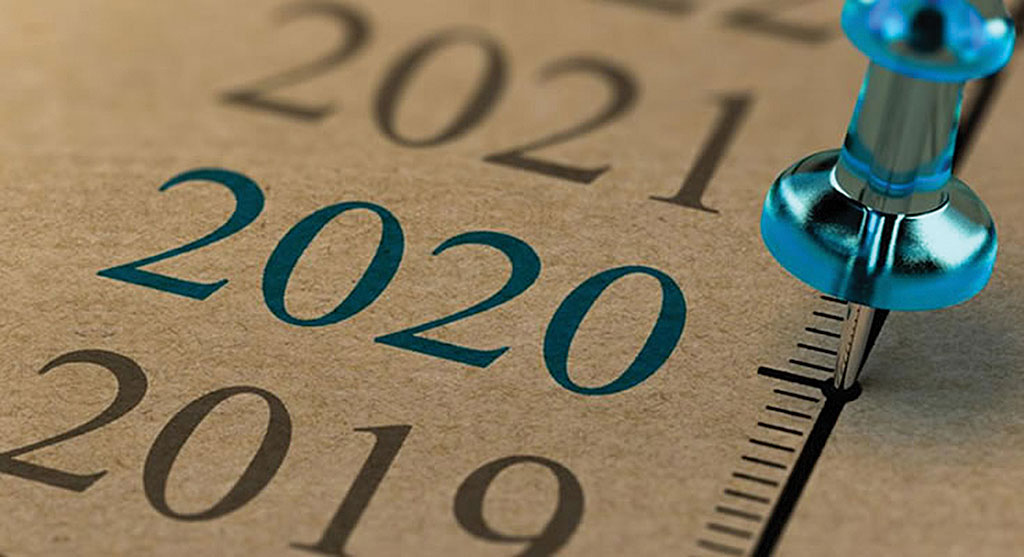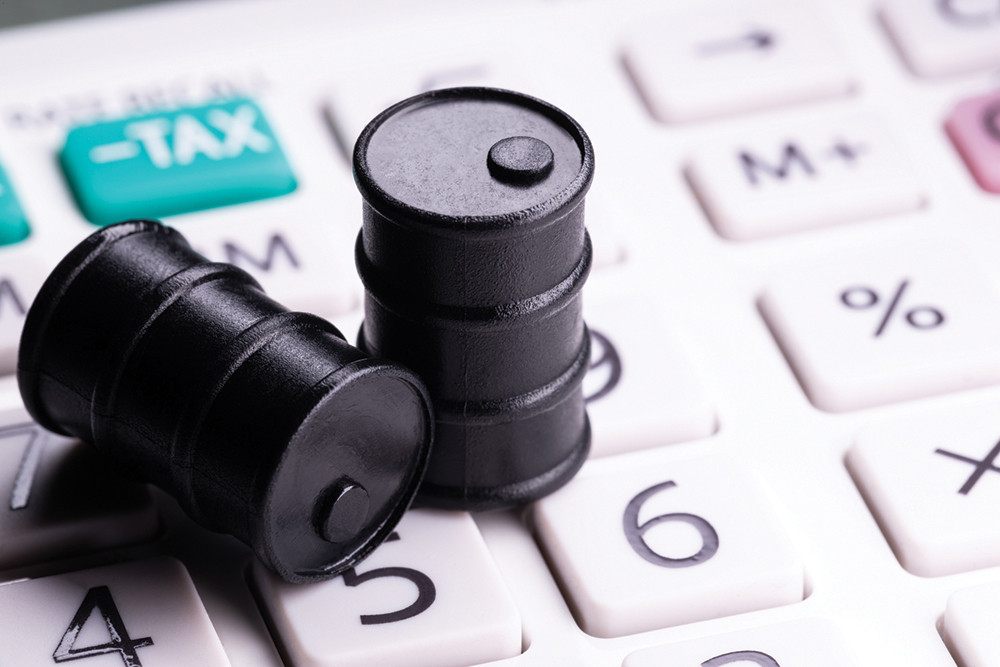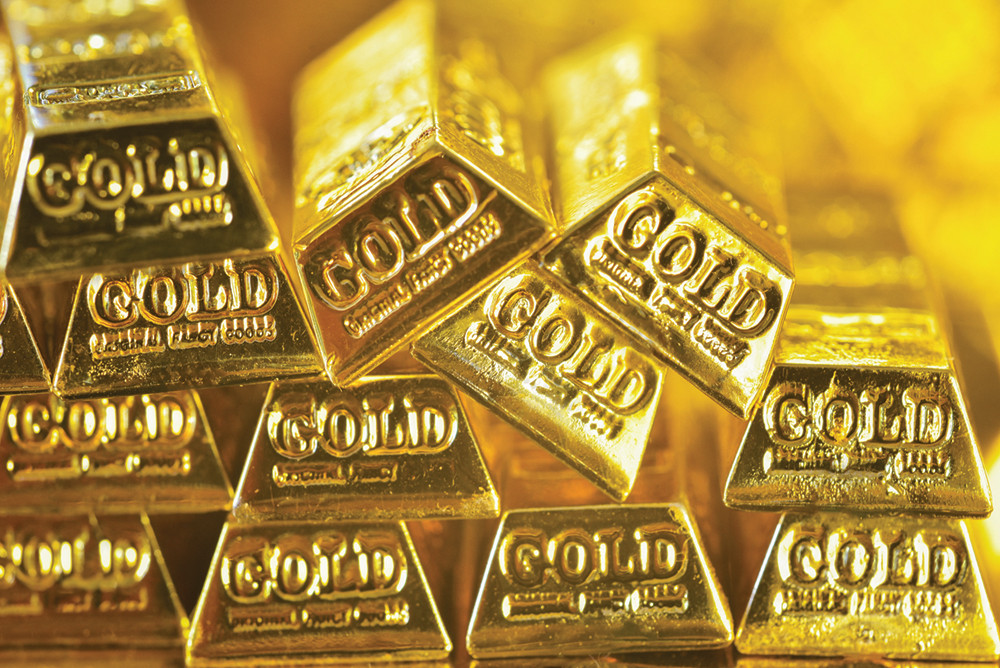
China, having held the position as the world’s largest gold producer and consumer, has a natural affinity for gold like no other. In essence, gold has relished cultural significance in China. Driven by the enhanced levels of wealth, global economic conundrum and changing stance of the central bank policy, the demand for the bullion in China will continue to rise in ensuing days.
DRIVERS FOR GOLD
While other factors will also influence the demand for gold, the major factors including jewelry purchase, industrial use, purchase by the central bank and retail investment have been elucidated below.
Jewelry Purchase
Similar to the cultural practices in Nepal and India, gold stands tall in traditional celebrations in China. It is typically used as a gift at weddings and birthdays along with hike in sales around the Lunar New Year and during the Golden Week in October. In a surprising revelation, according to the World Gold Council, the sales of gold jewelry inclined by 3% in China in 2018 to attain a three year high of 23.7 million ounces in 2018 accounting for 30% of the world’s total sales. Among other factors, the rising wealth of China’s growing middle class is estimated to continue to support this trend in the days ahead.
Industrial Use
With the economy growing at an appreciable rate, China remains a significant purchaser of gold for industrial use. It includes high-end consumer electronics, electric cars, LEDs and printed circuit boards. However, in recent times, the US-China trade tensions have backed the slowing demand in this area as some industrial production has been shifted out of China. One of the hard-hit sectors has been the LED sector with taxes imposed on more than 30 lighting applications. According to the World Gold Council estimates the consumption of gold for industrial purposes dropped by 9.6% year-on-year during the last quarter of 2018 in China.
Purchase by Central Bank
For the first time since October 2016, the People’s Bank of China (PBoC) increased its gold reserves in December 2018. According to the World Gold Council, the central bank purchased 351,000 ounces of the bullion followed by a further 1.16 million ounces during the first quarter of 2019. The central bank held 2.4% of its $3.1 trillion forex reserves in the bullion at the end of 2018. Analysts have speculated that the PBoC may look to increase its reserves to closely resemble levels held by other central banks. The central bank of USA, the Federal Reserve, holds 74% of its reserves in gold while Germanys Bundesbank holds 70%. The PBoC could become the world’s largest central bank gold purchaser in 2019 given they continue to buy gold at this rate.
Retail Investments
One of the major sources of demand for gold from China comes from retail investors. According to the World Gold Council, retail investors purchased 10.7 million ounces of gold bars and coins in 2018 due to the slowing economy, volatile stock markets, weakening currency and the perpetual US-China trade disputes. With the continuation of global economic uncertainty, this pattern is set to continue in 2019.
GOLD REMAINS A SAFE HAVEN ASSET
The bullion has long been considered a safe haven instrument against the uncertain global environment. Gold price hit a four-week high of $1319.55 per ounce in late March, driven by concerns of a global economic slowdown with the US economy showing signs of wavering.
The global economic uncertainties have been driven by a number of factors including BREXIT, the US-China trade disputes and the slowing global growth. The preceding factors have also contributed to volatile equity markets. Traditionally, gold has a low and sometimes negative correlation to other asset classes increasing its appeal in the current environment. The yellow metal is also used as a currency hedge. The Renminbi (RMB) has depreciated one-third of its value against the bullion since June 2007. If the value of the US Dollar depreciates based on lower interest rate expectations, RMB will inevitably follow due to the nature of its currency peg, thereby enhancing the appeal of gold.
Vivek Risal is associated with Mercantile Exchange Nepal Limited in the capacity of Manager in Research and Development Department. He can be contacted at r&[email protected]





